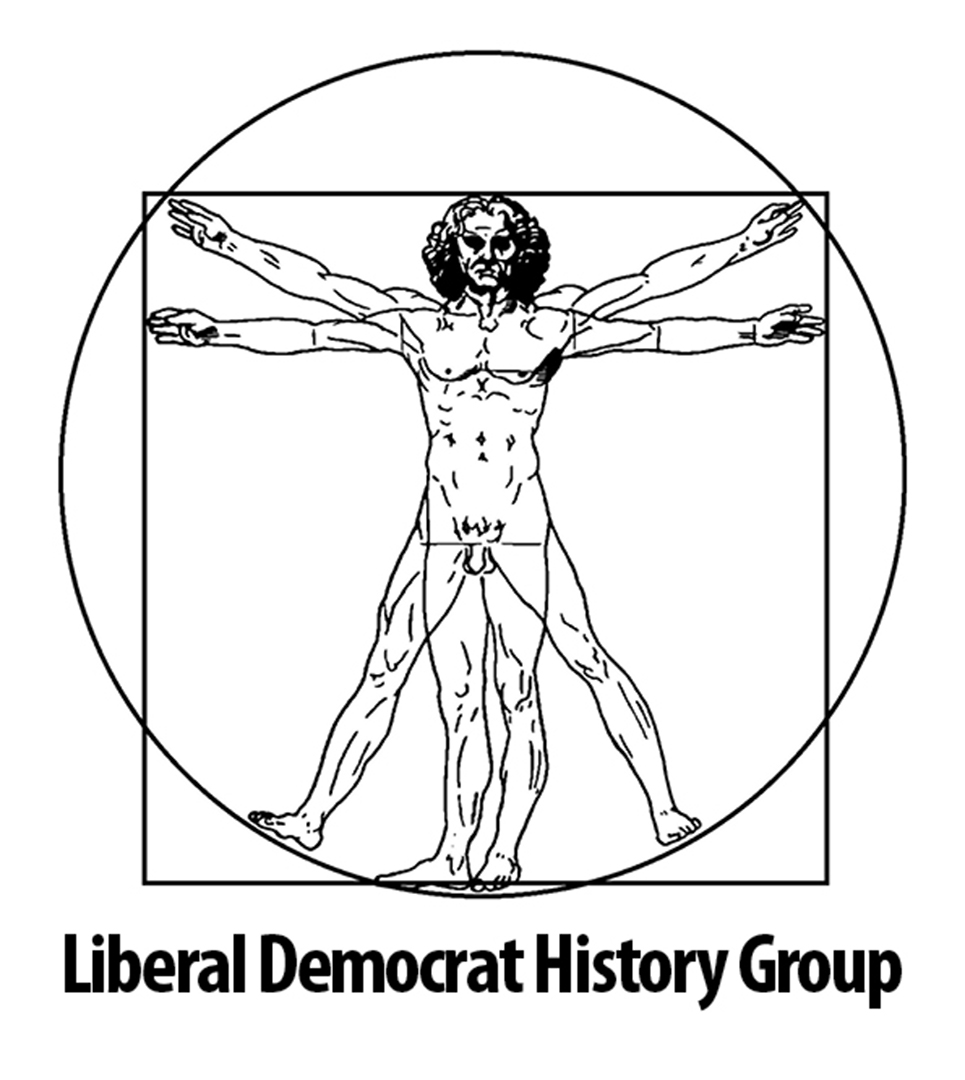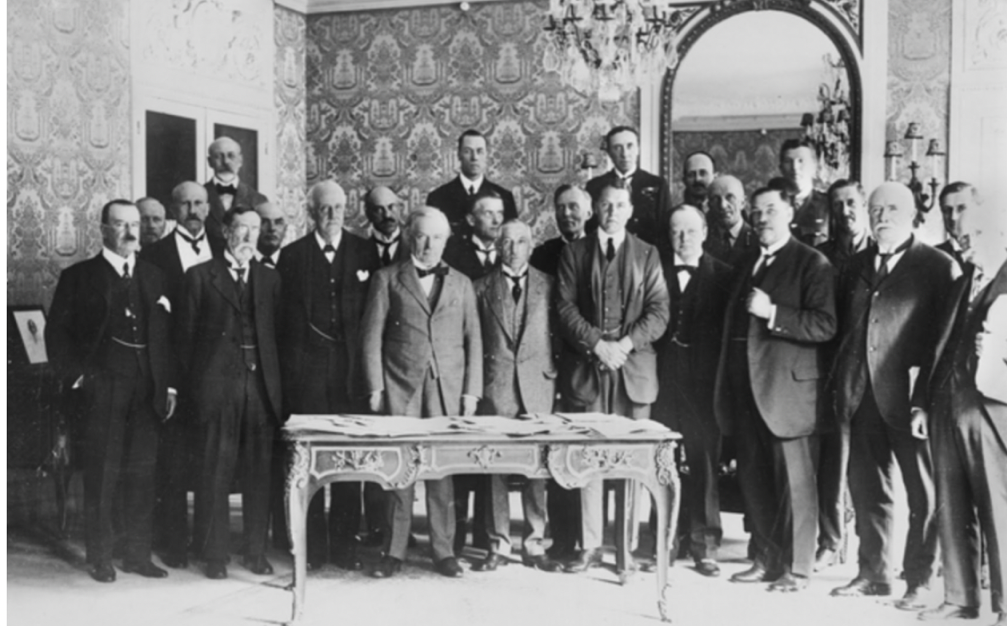Millicent Fawcett, a radical and pioneering feminist, is best known as the leader of the suffragists, the constitutional campaigners for women’s votes.
Born in Aldeburgh on 11 June 1847, Millicent Garrett was the eighth of the 11 children born to businessman Newson Garrett and his wife Louisa, neé Dunnell. Her father, a Liberal, encouraged political discussion at home, but Millicent was drawn into political activity mainly through her older sisters Louisa and Elizabeth. Elizabeth Garrett Anderson was the first British woman to qualify as a doctor and one of the first elected to a school board. Visiting Elizabeth in London, the 18 year old Millicent was taken to hear John Stuart Mill speak on women’s rights and became a disciple. The next year she helped organise the women’s franchise petition linked to Mill’s failed amendment to the 1867 Reform Act.
Socialising in London’s radical political circles, Millicent met Henry Fawcett (1833-84) and, despite their age difference, married him in 1867. Their only daughter, Philippa, was born a year later. although blinded In a shooting accident in 1858, Henry Fawcett became professor of economics at Cambridge in 1863 and Liberal MP for Brighton in 1865 and for Hackney after 1874. He was Postmaster-General in Gladstone’s second government. With shared interests in walking, rowing and riding, the couple was intellectually and politically well matched. Millicent assisted her husband in a secretarial capacity and he encouraged her political and academic endeavours. The royalties from her books, such as Political Economy for Beginners, helped provide for her in her widowhood.
At Cambridge, the couple campaigned for the admission of women to the university, backing Henry Sidgwick’s lectures for women and the foundation of Newnham College. Millicent later refused the opportunity to be mistress of Girton but she became a governor of Bedford College, later part of the University of London. She saw the narrow range of occupations open to women as causing their lower pay and therefore fought for professions to be open to female entry. She was a founder member of the National Union of Working Women and a council member of the Women’s Protective and Provident League, although as a traditional radical she rejected protective legislation for adult workers.
In the same way, Mrs Fawcett favoured equality in moral issues, opposing the 1857 divorce law for requiring a higher standard of proof from wives suing for divorce than from husbands. She opposed the Contagious Diseases Acts but quietly, perhaps because that crusade might have sullied her suffrage work, or perhaps because her sister Elizabeth supported the acts. She was a founder member of the National Vigilance Association, a moral purity campaign brought to prominence by W.T. Stead’s 1885 exposure of the white slave trade and was concerned about Indian child marriage.
The failure of Mill’s 1867 amendment led to more formal and organised lobbying for the women’s franchise. Millicent Garrett Fawcett was a founding committee member of the London Society for Woman Suffrage in 1867 and, despite her youth, spoke from the platform at its first public meeting. She also spoke at a public meeting in her husband’s Brighton constituency, only to face criticism from another MP for her effrontery.
The London pioneers of women’s suffrage thought that their fight would be a brief one, rather than the half-century struggle it became. Winning the vote for women householders in Poor Law and school board educations in 1869 reinforced that outlook. Perhaps because of their intellectual and social milieu, they saw their principle roles as the preparation of well-argued propaganda and ensuring that parliament debated the case, which occurred regularly throughout the 1870s.
A similar body to the London Society was established in Manchester and, in 1871, Jacob Bright suggested that greater coordination between the suffrage groups would enhance their efficiency; a Central Committee for Women’s Suffrage was formed under the leadership of Lydia Becker. Millicent Fawcett became a member of the new group and joined its executive in 1881.
The suffragists had hopes for the 1884 Reform Bill, but its passage was blocked by the Lords until the liberal government agreed to a redistribution of seats. When Gladstone asserted that the bill could not be carried if it included votes for women, support for their amendment failed. Although a minister, Henry Fawcett voted for the amendment. He died later that year, and Millicent never forgave Gladstone for frustrating their campaign Ann for reprimanding her husband over the episode.
In 1886 Millicent Fawcett broke with the Liberal Party over Irish home rule. In 1888 she was one of the founders of the Women’s Liberal Unionist Association though, like many other free traders, she resigned in 1904 after Joseph Chamberlain, the Liberal Unionist leader, embraced tariff reform. While a Unionist, she headed the 1901 official Commission sent to investigate Emily Hobhouse’s allegations of the maltreatment of families in Boer War concentration camps.
The quarrel within Liberalism spilt over to the franchise movement, with Mrs Fawcett preventing Women’s Liberal Federation branches joining the National Society for Women’s Suffrage. Nevertheless, following the death of Lydia Becker in 1890, Fawcett became the recognised national leader of the suffrage crusade. Although a competent rather than an inspiring speaker, she had a strong reputation as an organiser. Her efforts to coordinate the various groups resulted in the formation of the National Union of Women’s Suffrage Societies (NUWSS) in 1897. This became and remained the biggest of the women’s campaign organisations.
Understandably frustrated by their inability to win the vote, in 1903 the Pankhursts, initially part of the Manchester franchise group, established the more aggressive Women’s Social and Political Union (WSPU), attacking property as a means of creating publicity, separating ‘suffragettes’ from the ‘suffragists’ of the NUWSS. Fawcett never condoned militant tactics, but publicly sympathised with the hardships suffered by the suffragettes during their arrest and imprisonment. She also recognised that the publicity generated by the WSPU enhanced recruitment to the NUWSS and strengthened its hand in lobbying.
The 1906 liberal election victory appeared to offer the best chance yet for success. Between 1906 and 1914 both the NUWS and WSPU organised their biggest marches, demonstrations and mass parliamentary lobbies. Asquith’s procrastination and his failure even to pass the Conciliation Bill, which would have in franchised female heads of household, provoked further frustrated violence from the WSPU. Fawcett added Asquith to her list of unforgivables and through the weight of the NUWSS behind the Labour Party, which had endorsed adult suffrage.
For Millicent, during the Great War the franchise took second place to patriotism, despite a significant portion of the NUWSS executive favouring a pacifist line. Although campaigning was in abeyance, towards the end of the war Millicent negotiated with Lloyd George and put her weight behind the 1918 bill which gave the vote to women over 30.
Following this achievement, Fawcett retired from the presidency of the NUWSS, being succeeded by Eleanor Rathbone. The organisation was superseded by the National Union of Societies for Equal Citizenship (NUSEC) with a broader feminist agenda covering morality, employment and pensions as well as voting qualifications. Despite her increasing age, Millicent remained active in the promotion of higher education for women, for education of Indian girls and on some economic equality issues. But she remained a classical economist to the end, resigning from NUSEC when it added family allowances to its programme.
Dame Millicent, as she became in 1925, was present for the 1928 Commons vote which equalise the franchise for men and women. She died on 5 August 1929.
A principle source for her papers is the Women’s Library in London. The official biography is by R. Strachey (1931); a more modern study is D. Rubinstein, A Different World for Women (1991). Millicent’s memoir, What I Remember, was published in 1925; some of her other books, including her short history of the campaign, are available on the Internet.

